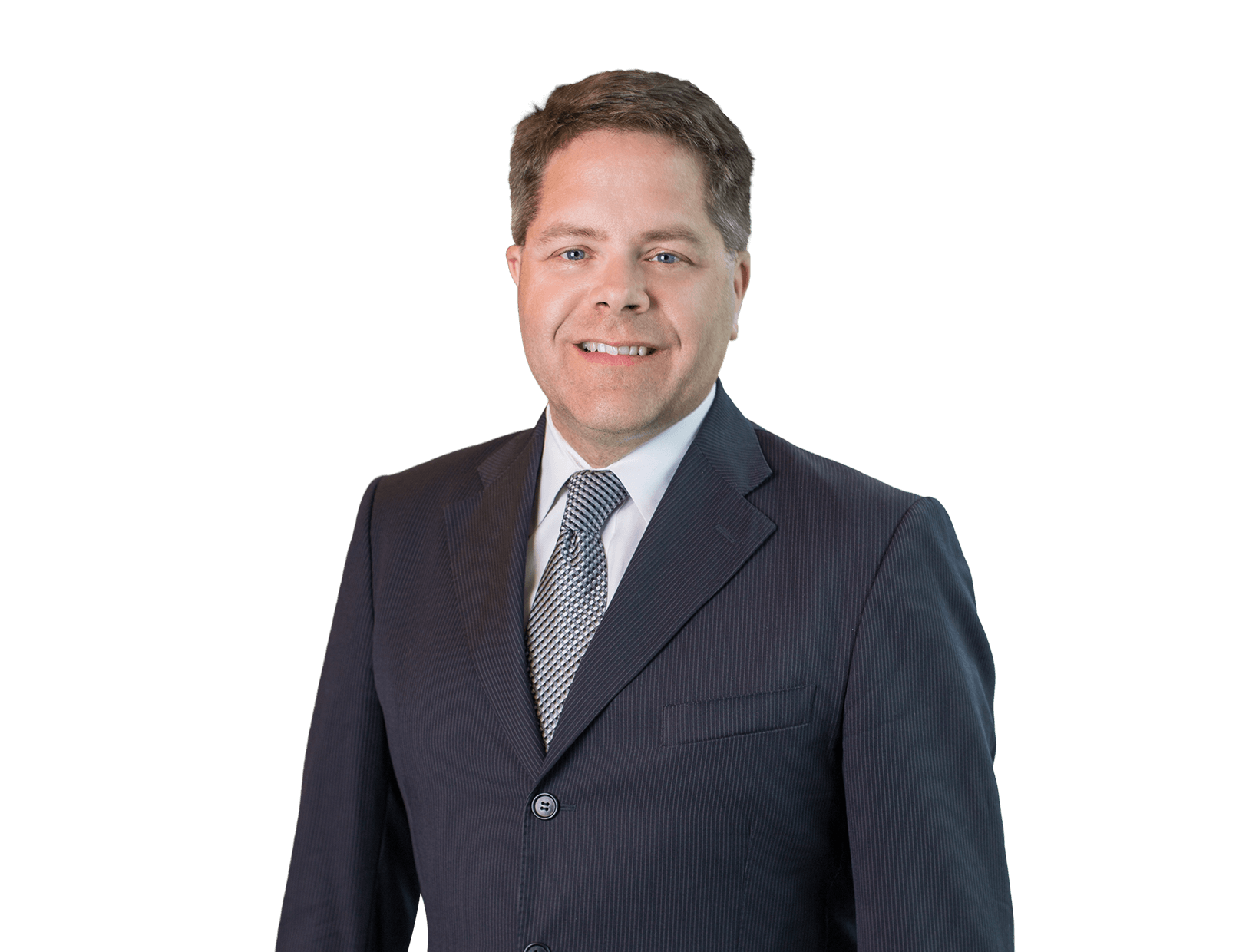Blog
Supreme Court Says Clear Error Review for Fact Findings on Extrinsic Evidence in Claim Construction
Fish & Richardson
Authors
-
- Name
- Person title
- Senior Principal

The Supreme Court (Breyer, J., authoring) has overturned the Federal Circuit's approach to applying de novo review to claim constructions by lower tribunals. The Court's main reasoning was that its Markman opinion did not mark a departure from, and there is no good reason to depart from, normal practice under Federal Rule of Civil Procedure 52(a) and general rules for document construction. In particular, while the ultimate meaning of a document may be a legal issue, complicated terminology in a document may require introduction of extrinsic evidence, and resolving that evidence may be a fact question. Under Rule 52(a), appellate courts review such fact questions for clear error, and not de novo. So claim construction is now a mixed question—and what it is will depend on the particular case. For example, if the parties merely point to the patent itself and its prosecution history (the intrinsic evidence), review will be de novo. But if the parties point to dictionaries, treatises, and expert testimony about the manner in which a skilled artisan would interpret the claim language, a district court's findings on those particular points will be reviewed for clear error—though its findings on other points may be reviewed de novo.
At a "big picture" level, you could see this decision as another from the Supreme Court emphasizing that patents are, for the most part, no different than various other areas of law, and should thus be decided using the same rules as those other areas of law (see MercExchange v. eBay).
The dissent (Thomas, J., authoring, with Alito, J.) argued that, to the extent claim construction involves any fact finding, it is akin to that in statutory construction.
The decision raises some fairly obvious issues for the near future, discussed below.
Strategic Activity: How will district courts and litigants react to the opinion, especially if they act strategically? For example, a district court may realize it can support a Markman ruling in reversal-resistant insulation in the form of fact findings (and determinations on expert credibility) that lead to an "ordinary meaning" for a term in the relevant art. And savvy litigants will offer more extrinsic evidence, such as expert declarations and Markman hearing testimony—especially if they think a judge is leaning their way, and might even make a near bullet-proof finding in their favor about expert credibility. Increased use of experts, and potentially really expensive experts who are most likely to be found credible, may drive up the average cost of the Markman process.
Pending Cases: Parties with pending appeals need to figure out whether to supplement their submissions to the Federal Circuit. (See Federal Rule of Appellate Procedure 28.) Parties that have won on Markman but are still in district court need to consider whether to pass their judge some reversal insulation for good measure. And parties who have received a claim construction reversal from the Federal Circuit need to think really hard to figure out whether it can be unraveled at this point.
The Patent Office: The Patent Office generally applies a "broadest reasonable interpretation" (BRI) standard for claim construction. The nature of that standard alone seems to grant at least some deference to the Office. The reversal rate of Patent Office rulings—typically around 10 percent—would suggest the Federal Circuit is already giving some deference. But Teva may give victors in the Patent Office—particularly petitioners in CBM and IPR proceedings—extra power on appeal. Conversely, appellants in CBM and IPR cases will need to be particularly skillful.
The Need for Fact Findings: Deference under Rule 52 comes with a price for a lower tribunal— i.e., it "must" find the relevant facts "specifically" according to the rule. This requirement may raise issues where the lower tribunal mushes all its thinking together, so the appellate court cannot determine if the ultimate claim construction was based on intrinsic or extrinsic evidence. It may also require more work from the Patent Trials and Appeals Board (PTAB), which is heavily loaded with IPR proceedings and is not accustomed to providing as detailed of factual findings as district courts. Perhaps the PTAB will ask parties for proposed findings of fact and conclusions of law in order to reduce its workload.
As with any Supreme Court decision, more nuanced issues will fall out of the Teva decision, especially when parties with large financial interests start considering how the decision can be interpreted. Stay tuned.
The opinions expressed are those of the authors on the date noted above and do not necessarily reflect the views of Fish & Richardson P.C., any other of its lawyers, its clients, or any of its or their respective affiliates. This post is for general information purposes only and is not intended to be and should not be taken as legal advice. No attorney-client relationship is formed.